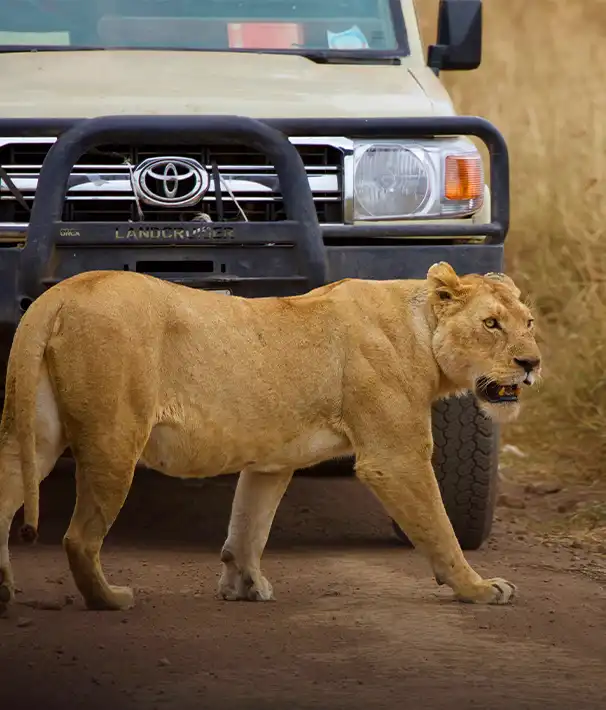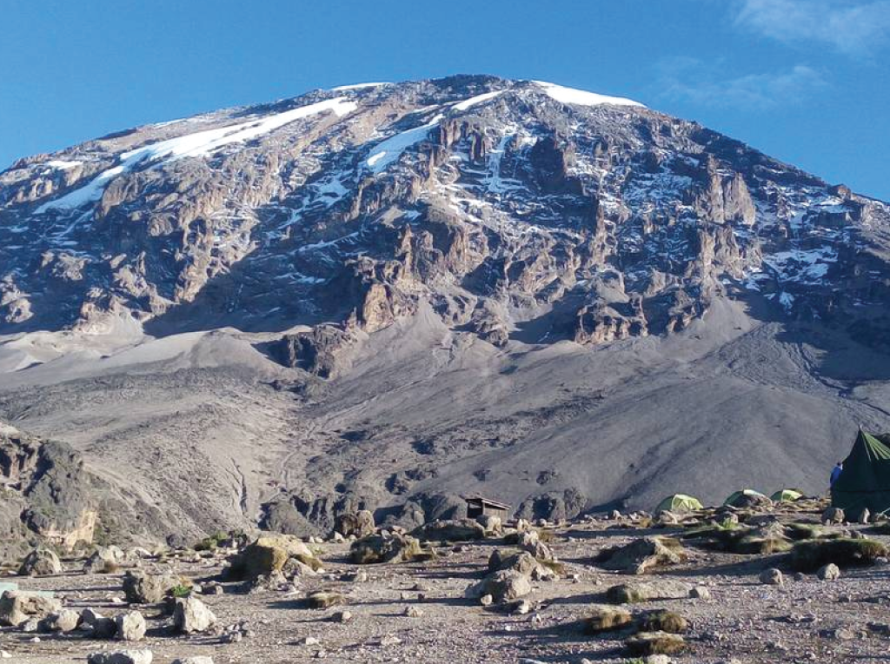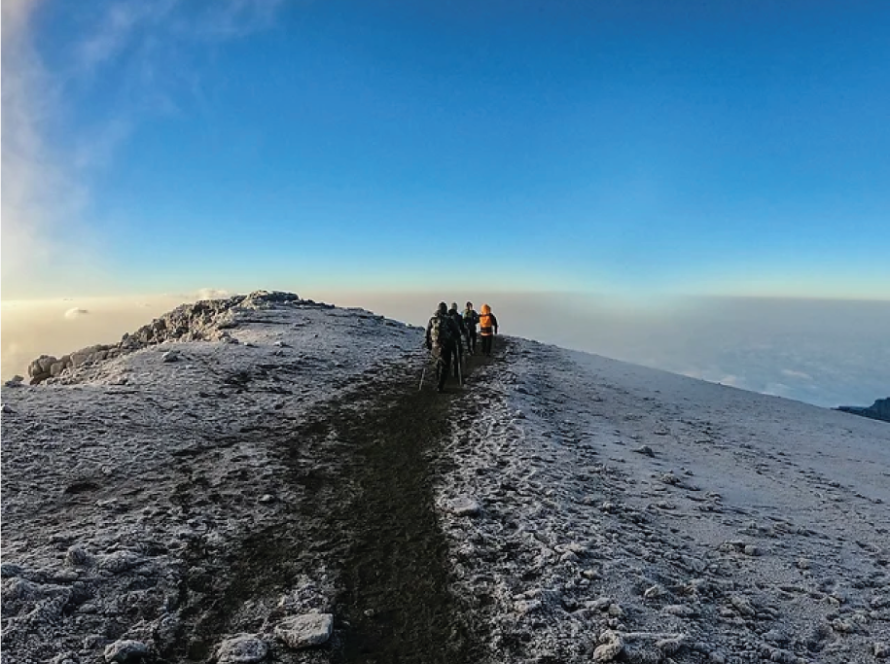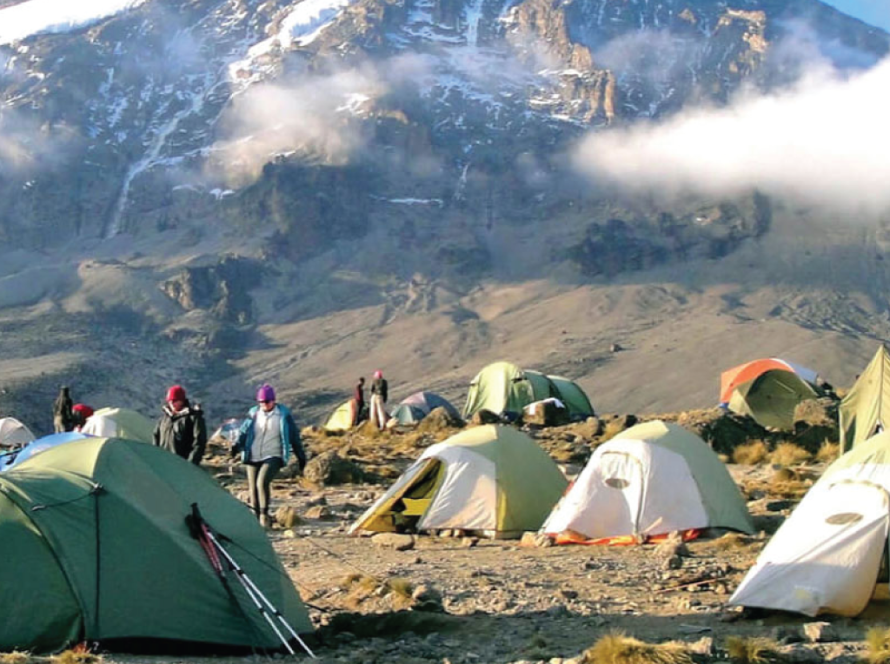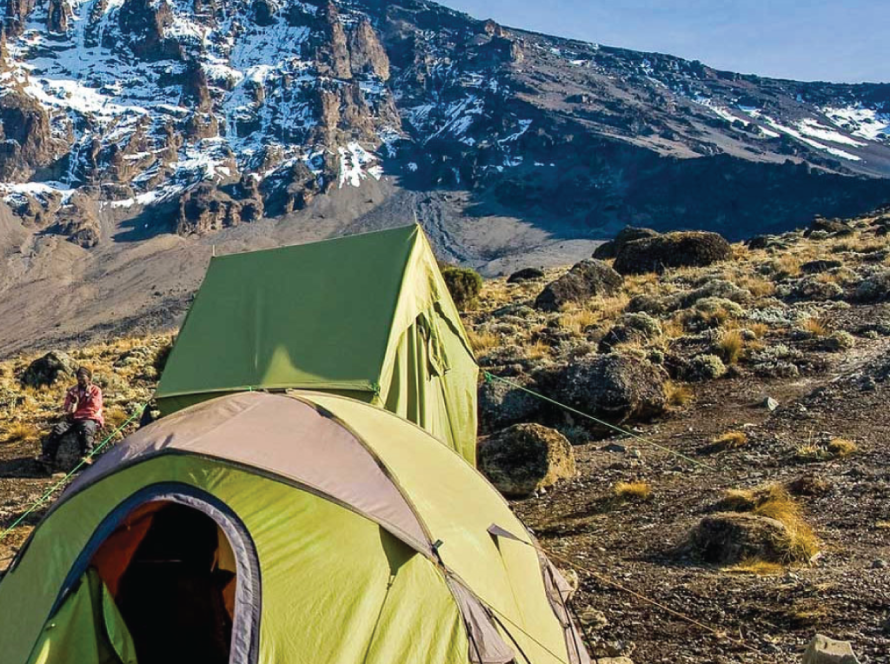Kilimanjaro Climbing
Kilimanjaro Climbing Guide
Mount Kilimanjaro isn’t just Africa’s highest mountain, it’s one of the most iconic treks in the world. Rising 5,895 meters (19,341 feet) above sea level, a snow-capped giant stands proudly near the equator. Every year, thousands of hopeful trekkers lace up their boots and head to Tanzania to conquer this dormant volcano.
But here’s the deal: climbing Kilimanjaro isn’t just a walk in the park. You don’t need ropes or technical climbing skills, but preparation is key. Whether you’re aiming to summit for the challenge, the view, or the sheer thrill of standing on top of Africa, this no-nonsense guide will help you plan your climb, avoid rookie mistakes, and make the most of the journey.
Where Is Kilimanjaro?
Mount Kilimanjaro is located in northern Tanzania, near the town of Moshi and not far from the Kenyan border. The mountain is part of the Kilimanjaro National Park and is accessible via Kilimanjaro International Airport (JRO), which connects easily with Arusha and Moshi, common starting points for climbs.
When Is the Best Time to Climb?
Your success can depend heavily on the weather. Kilimanjaro has two main dry seasons, which are the best times to climb.
Best Climbing Seasons:
January to mid-March – Clear skies, warmer conditions, fewer crowds.
June to October – Drier and more popular, especially during the summer holidays.
How Fit Should You Be?
Kilimanjaro doesn’t require technical climbing skills, but make no mistake—you’ll need to be in good shape. You’ll hike 5 to 10 hours a day at high altitudes for several days straight.
Recommended Training:
Hike on varied terrain with a 10–15 lb backpack.
Build up to 6+ hour hikes weekly.
Stair climbing, jogging, or hill walking is great for endurance.
Include strength training for legs and core.
